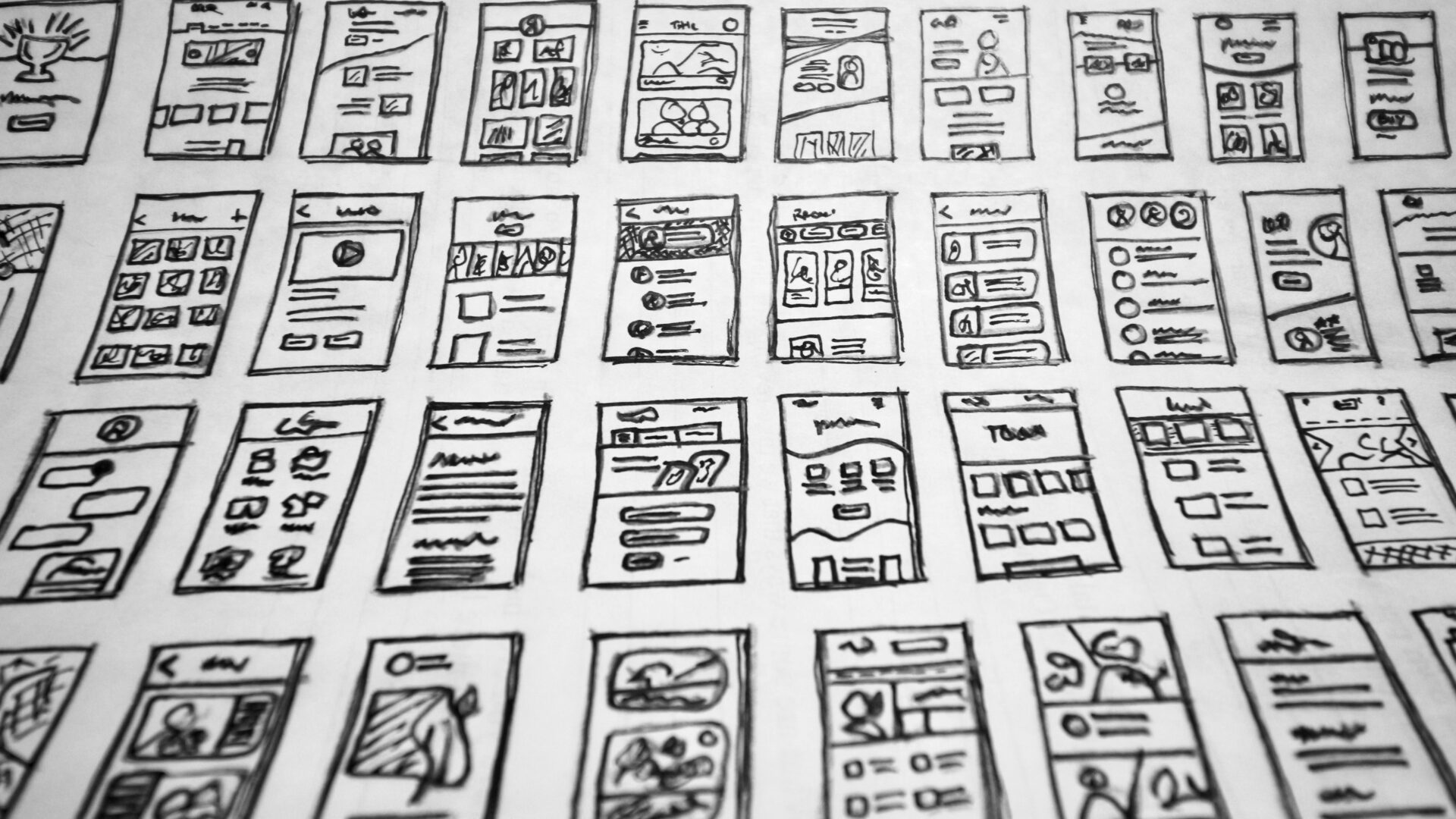What is
information architecture?
Information architecture is all about how information is organized within a digital product. When designing digital products, designers create layouts for each screen/webpage wherein users can complete their tasks and find the right information that will get these tasks done. User flows are also created to track how users are going to interact with the digital product. Information architecture is the step in the design process where the right organization of content (information) & context is created keeping in mind what users need.
Information Architecture in UX design
- Information architecture (IA) forms the skeleton of the design ensuring users are able to find the right information in the simplest way possible.
- The main focus of information architecture is to lay out the information/content in such a way that users are able to focus on completing their task instead of trying to find their way around.
- IA also enables users understand where they are in the process of completing the task, what information have they found, and what can they expect next
- IA takes into account both content (documents, information, structure, ownership) and context (business goals, technology, resources) & merges it with user needs & behavior
How can Information Architecture help you?
- IA is the blueprint for customer interaction with your product which adds more clarity to the design process & scope.
- Information architecture shows the depth of UX & how many layers of decisions & hierarchies are involved
- Information architecture organizes content in a logical way thus sheds light on content gaps & requirements.
- IA helps marketers, content teams, business owners & other stakeholders to understand website/app functionalities.
How is information architecture created?
- Since user needs & behavior at the core of creating robust information architectures, designers responsible for creating IAs take active participation in the user research phase
- IA also requires strong understanding of content structure & strategy, aka, what information goes where & why. Thus, content inventory & audits are essential to creating information architecture.
- Another important aspect of information architecture is categorizing & labeling items based on their similarities.
- UX writing is an integral component of creating robust IAs because without the right labels it would be impossible to understand which information lies where.
- Information architecture also requires creating a structured hierarchy based on what information the user expects (& where). This is where insights from the UX research phase prove to be of great help.
- Information architecture diagrams resemble sitemaps as they visually demonstrate how information flows through the platform & how different pages & content relate to each other.




